If you’re considering plant-parenting but don’t know how to keep a cactus alive, the snake plant is your leafy lifesaver. Scientifically called Dracaena trifasciata, it’s commonly known as the “mother-in-law tongue.” According to Feng Shui, it works like a lucky charm to bring money, prosperity, and just the right dose of good energy.
People and experts in gardening love snake plants and consider them the superheroes of indoor plants. Further in this article, we’ll spill the tea on snake plant benefits, the secrets to keeping it thriving, and even how to multiply it through effective propagation methods. Beginner or not, we bet you’ll find this snake plant care guide helpful and insightful.
Quick Facts About Snake Plants
How to Care for Snake Plants Indoors
Generally speaking, snake plants are almost unkillable. Still, a little care is required. So, here’s your cheat code to care for tall and pointy snake plants indoors.
RELATED: 25 Houseplants to Transform Your Interior Into an Indoor Garden
Snake Plant Soil Needs
The secret to a thriving houseplant lies beneath its beautiful leaves. It’s all about building the right basis — a suitable soil ground. It will facilitate how the snake plant absorbs the water, the nutrients, and the oxygen. Opt for well-drained soil with a pH between 6.0 and 7.0, maintaining a slightly acidic to neutral balance. You can easily check your soil with a soil test kit. The ideal potting mix is light, airy, and doesn’t retain water. You can also go for cactus soil or a mixture of sand and organic universal soil.
Pro Tip: Keep an eye out for signs like wet roots, pale leaves, or slow growth; that’s what bad soil ground can do to your plant. If spotted, enhance your plant’s health with leca balls — lightweight, expanded clay pebbles that ensure optimal drainage and aeration.
RELATED: Air Plants Require No Soil: Full Care and Design Guide
Image source: plantsshop_alger
The “Once in a While” Water Schedule
Snake plants don’t typically demand much water and don’t need daily watering. Water them every 2-3 weeks in spring and summer, allowing the soil to dry out between watering. You should reduce the frequency to once a month in fall and winter. The key is to avoid overwatering, as snake plants are prone to root rot. Use well-draining soil and ensure the pot has drainage holes. If you’re uncertain about watering, check how soaked the soil is. An easy way to tell is to use a soil moisture meter.
Pro Tip: These houseplants come from South Africa. Hence, they can tolerate drought conditions. So, it’s better to underwater than overwater them.
Image source: micheile henderson
Snake Plant Light Requirements
When it comes to natural lighting, they’re quite adaptable for both low light and bright light conditions. However, they do best in indirect light. Try to keep them 6 to 8 feet away from a window. Ideally, snake plants should receive 8 to 10 hours of indirect sunlight or a few hours of early-morning direct sunlight for optimal growth.
Pro tip: When you decide to move your snake plant outdoors, do it gradually. First move it from shade to indirect light, and only then expose it to direct sunlight. Never shock the plant with drastic light changes.
RELATED: 21 Low-Light Indoor Plants That Give Beautiful Results With Low Effort
Image source: angrykiki5
Temperature and Humidity
Snake plants thrive in a cozy range of 65—80°F (16—27°C), making them pretty adaptable to southern parts of the US. These houseplants can tolerate windy areas (if placed next to windows) or occasional chills; however, that should be avoided.
Pro Tip: Avoid keeping snake plants in environments below 55°F (21°C).
Image source: westcoastgardens
Snake Plant’s Feeding Time (Fertilizing Needs)
When it comes to feeding snake plants, they prefer low-nutrient soil. Use a well-balanced liquid fertilizer, diluted to half strength, and give your plant a sip every 2—4 weeks during the growing season (spring and summer). In case of repotting, you can fertilize the plant next year.
Pro Tip: It’s best to fertilize twice: in mid-spring and at the end of summer. Don’t fertilize in winter.
Image source: lisaaab
Snake Plant’s Beauty Routine (Pruning)
Houseplants need pruning to look their best, but the main thing to remember is to keep it simple. Trim yellow, dead, damaged, or floppy leaves with proper pruning scissors for indoor plants. Avoid over-pruning, but always opt for a neat and tidy look. Remove up to 1/4 of the plant’s total leaf surface.
Pro Tip: Snake plants thrive in spring. Hence, pruning at its blooming time or when repotting helps the leaves grow faster.
Image source: freepik
Overwintering Snake Plants
Protecting snake plants is part of the care guide. That’s what the overwintering process is about. As mentioned, snake plants dislike cold drafts with temperatures lower than 50°F. So, if cold, snowy days are knocking, move your snake plant away from windows or place it indoors if you keep them outside.
Pro Tip: Just because they are resistant plants doesn’t mean overwintering isn’t part of their care. Be mindful about keeping them in suitable conditions all year long.
Image source: amy.theplantlady
How to Propagate Snake Plants
Before propagating snake plants, make sure the plants are 4 inches tall or more. It’s best to propagate during spring when plants are actively growing. There are two ways of propagating snake plants — leaf cuttings and division.
Split & Replant (Division Method)
Here’s a step-by-step guide for snake plant propagation by division.
Step 1. Choose a sharp knife, and take a clean, tidy pot.
Step 2. Create the right soil mixture for snake plants.
Step 3. Remove your plant from the pot and shake off excess dirt.
Step 4. Use the knife to divide your plant into sections, ensuring each section has roots.
Step 5. Plant each section in a clean pot with suitable soil.
Step 6. Water the new pots and place them in indirect sunlight.
Image source: _props.nplants
Propagating Snake Plants Through Leaf Cuttings
The second method (and the easiest one) is multiplying snake plants by leaf cuttings in propagation jars. Here’s a brief guide:
Step 1. Snip a robust leaf at its base using a clean, sharp tool.
Step 2. Place the cut end in a water-filled jar.
Step 3. Position the jar in a sunny spot and wait for the roots to grow up to one inch.
Step 4. Once roots reach one inch in length, plant the cutting in the proper soil mix.
Step 5. Water the new plant and find a spot with soft, indirect light.
Pro Tip: If you want to multiply several snake plants at once and have prepared the soil mix beforehand, go for the first method.
Image source: n.plants_
Potting and Repotting Snake Plants
Repotting your snake plant is a smart move for optimal growth. However, there are a few key factors to consider. These are the tips a good plant parent needs to know (and follow) for a thriving plant.
Before repotting:
• Gather supplies like big pots, well-drained soil mix, and gloves.
• Choose wide pots instead of deep ones. Go for ones with drainage holes.
• Use 2/3 potting soil and 1/3 succulent mix. Consider adding compost and clay pebbles to ease aeration.
• The ideal time for repotting is in the spring or early fall months.
• Watch for signs like roots growing from holes, top-heavy plants, or stagnant growth. Dried soil and tightly packed roots are also red flags.
• Water a few days before repotting to ease the process.
Image source: jardim_de_estrelas
When repotting:
• Gently loosen the plant from the soil to remove it from the pot.
• Avoid touching the roots when removing the plant from its old pot.
• Trim any damaged parts of the roots using scissors or pruning shears.
• Add a layer of potting mix at the bottom of the new pot before placing the plant.
• Place the plant in the center and fill the remaining space with the soil mix.
• Firmly but gently pat down the soil to eliminate air pockets and secure the plant.
Image source: getbusygardening
After repotting:
• Wait a few days before watering the plant.
• Monitor the plant for signs of stress or over-watering.
• Water only when the soil has dried out.
• Place the repotted snake plant in an area with indirect sunlight.
• Avoid fertilizing for the first few months.
Image source: infinite_green42
Exploring Snake Plant Varieties
According to a scientific publication, there are more than 70 species of snake plants. Below, we’ve listed the most popular snake plant types and some other, perhaps less common, yet nonetheless stunning varieties.
Laurentii
Dracaena trifasciata ‘Laurentii’ is a popular snake plant with golden-edged leaves.
Moonshine
Dracaena trifasciata ‘Moonshine’ features silvery-green leaves with minimal variegation.
Bantel’s Sensation
Dracaena trifasciata ‘Bantel’s Sensation’ has vertical white striping and narrow leaves.
Hahnii
Dracaena trifasciata ‘Hahnii’ is a dwarf rosette plant, sometimes known as a “bird’s nest snake plant,” reaching up to 6 inches in size.
Golden Hahnii
Dracaena trifasciata ‘Golden Hahnii’ is a dwarf rosette plant, reaching up to 7 inches, with broad leaves featuring golden margins.
Other Dracaena Varieties
Dracaena angolensis, also called the cigar snake or spear snake plant, is another beloved snake plant variety. It has rounded tubular stems that end in sharp barbs.
Dracaena hanningtonii is a dwarf cultivar, reaching up to 6 inches in height, characterized by thick, short, V-shaped leaves with red edges.
Dracaena pethera ‘Coppertone’ is an unusually-colored procumbent rosette, reaching up to 8 inches in height. It has wide, wavy-edged leaves exhibiting variegated dark green and copper colors.
Dracaena pethera ‘Silver Blue’ reaches heights of up to 6 inches. It has stiff blue-grey variegated foliage with red and white tinges.
Dracaena bacularis is a dense snake plant with narrow, upright, dark green variegated leaves.
Dracaena masoniana is also called shark fin or whale fin. It’s a striking plant with dark green leaves featuring white blotches and purple margins.
Snake Plant Benefits
Snake plants are the one-size-fits-all type of indoor plants. Here are some benefits of growing a snake plant indoors.
1. Free Air-Purifier
Snake plants have been scientifically proven by NASA research to boost air purification. They’re ideal to place in bedrooms and improve healthy airflow, thanks to their unique quality of converting carbon dioxide (CO₂) into oxygen at night.
2. Cleaners of Air Pollutants
Snake plants silently absorb air pollutants and harmful toxins and remove them from our breathable air. They’re a must-have for people suffering from allergies.
3. Spiritual & Mental Boosters
Houseplants are well-known mood lifters. When seeking a serene spot to meditate or gather our thoughts, we often crave the cozy embrace of nature. With their subtle yet impactful air-purifying abilities, Snake plants effortlessly infuse natural vibes into our homes.
4. Perfect Fit for Everyone
Not everyone knows how to care for houseplants, and that’s where snake plants shine. They’re so beautiful yet low-maintenance that both beginners and experts love them.
5. Lifesavers for Small Spaces
Snake plants will snugly fit into your cozy corner without necessitating a complete rearrangement of your interior design to place them indoors.
Wrapping it up, the snake plant is a perfect houseplant choice, whether you’re a plant newbie, a style seeker, a light experimenter, a space-saving pro, or just someone with a busy schedule.
Image source: blossoms.lebanon
Common Problems With Snake Plants
Although known for their resilience, Snake plants can still face challenges like root rot, fungal infections, and pest infestations. Here are some of the most common snake plant problems in more detail.
Diseases & Pests
Root Rot
To avoid root rot, ensure well-draining soil and pots with drainage holes. Let the soil dry in between watering. Overwatering is this plant’s worst enemy.
Fungal Infections
Fungal Infections might manifest as discolored or wilting leaves, sometimes with visible mold or spots on the foliage or soil. Overwatering or high humidity are often culprits. Ensure proper ventilation and avoid excess moisture to prevent fungal growth.
Pests
Another common issue for this houseplant is pests. The best way to avoid them is by regularly inspecting your plant. Keep your snake plant clean, as pests love dusty leaves. Quarantine newly bought plants before introducing them to the rest of the houseplants. Use neem oil or insecticidal soap to remove spider mites, mealybugs, or thrips. Isolate and treat severely affected plants.
Symptoms of a Sick Snake Plant
• Bad Smell. A bad smell can indicate overwatering, bacterial or fungal infection, or decaying roots. Remove the plant from its pot, check the roots, cut the damaged ones, and repot the healthy part.
• Dull, Yellowing Leaves: Unhealthy leaves might indicate overwatering, pests, or root rot. Falling leaves might indicate something isn’t right in your plant caring routine.
• Stunted Growth. Little or no growth could be due to poor light, inadequate nutrients, or rootbound conditions.
Snake plant flowers aren’t a common sight. Although snake plants occasionally flower, it’s not uncommon for indoor specimens. Hence, be patient and enjoy the foliage. Ensure the plant is in ideal conditions of indirect light and infrequent watering. Keep an eye on your plant with regular inspection for early detection of issues. Remember, the beauty of a snake plant often lies in its striking leaves and well-balanced soil.
Image source: 1017Omar
The Only Snake That Doesn’t Bite
Now you know how to bring positive energy to your house with the beautiful, low-maintenance snake plant! If you are a beginner, fear not. The snake plant is one of the easiest houseplants to grow. And if you’re thinking what we are thinking, forward this snake plant care guide to your mother-in-law along with a wrapped-up potted snake plant. She will absolutely love it!
More content you might be interested in:
Handy Tips to Grow Bird of Paradise Plants With Ease
How To Grow And Care For Texas Bluebonnet Flower
Learn To Grow And Maintain Your Own Dianthus Plant At Your Home
FAQs
Why Are Snake Plants Toxic to Humans?
Snake plants (Dracaena trifasciata) contain saponins, which can be toxic to humans and pets when ingested. Saponins can cause gastrointestinal discomfort, including nausea, vomiting, and diarrhea. It’s important to keep snake plants out of reach and be cautious if you have pets or small children.
What Does a Snake Plant Do for Your House?
A snake plant brings a touch of nature’s beauty into your home, but it also helps purify the air by removing pollutants and toxins. It’s an ideal houseplant for beginners because it requires low maintenance. In a nutshell, a snake plant enhances your indoor space, purifies the air, and brings green vitality to your home.
Where Should I Put My Snake Plant in My House?
Place your snake plant in a bright spot with indirect sunlight, about 6 to 8 feet away from a window. Avoiding direct sunlight is best to have a happy and thriving snake plant.
2Kviews
Share on FacebookThese are toxic to dogs and cats and will cause nausea and vomiting. Do not acquire snake plants if you have dogs or cats as pets, or at least keep the plants far out of reach.
In summary: we don’t know, they’ve tripled in number in the last two months and I can’t figure out how to kill the damn things. They are literally indestructible. Send help.
^^^ this. If you don't kill them off with over-watering, they live through just about anything, and thrive.
Load More Replies...Cold will kill them too. I lost a few because of cold temperatures. Below 10° celcius is enough for them to turn brown.
Couple of things they don't mention with the cutting method: 1, you can put the plant parts directly in the soil, but be sure the leaf parts are right side up when you plant them --it won't die if it's upside down, but it won't grow either, you'll just have a single stump and no leaves. Wait a few weeks to water. 2: this doesn't work with the patterned yellow ones--the new leaves will be all green. You'll want to divide those instead. I'm a plant nerd, and I approve this message 😁
These are toxic to dogs and cats and will cause nausea and vomiting. Do not acquire snake plants if you have dogs or cats as pets, or at least keep the plants far out of reach.
In summary: we don’t know, they’ve tripled in number in the last two months and I can’t figure out how to kill the damn things. They are literally indestructible. Send help.
^^^ this. If you don't kill them off with over-watering, they live through just about anything, and thrive.
Load More Replies...Cold will kill them too. I lost a few because of cold temperatures. Below 10° celcius is enough for them to turn brown.
Couple of things they don't mention with the cutting method: 1, you can put the plant parts directly in the soil, but be sure the leaf parts are right side up when you plant them --it won't die if it's upside down, but it won't grow either, you'll just have a single stump and no leaves. Wait a few weeks to water. 2: this doesn't work with the patterned yellow ones--the new leaves will be all green. You'll want to divide those instead. I'm a plant nerd, and I approve this message 😁

 Dark Mode
Dark Mode 

 No fees, cancel anytime
No fees, cancel anytime 






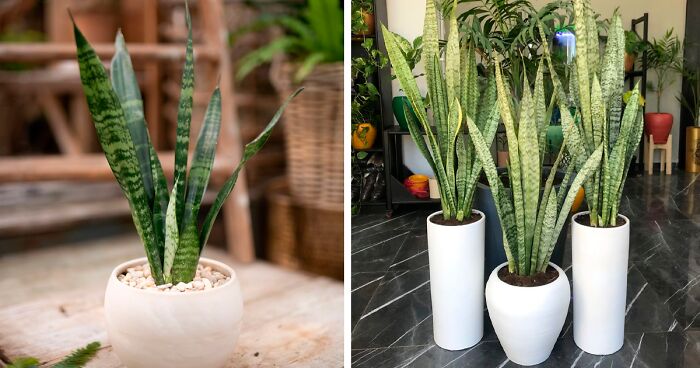


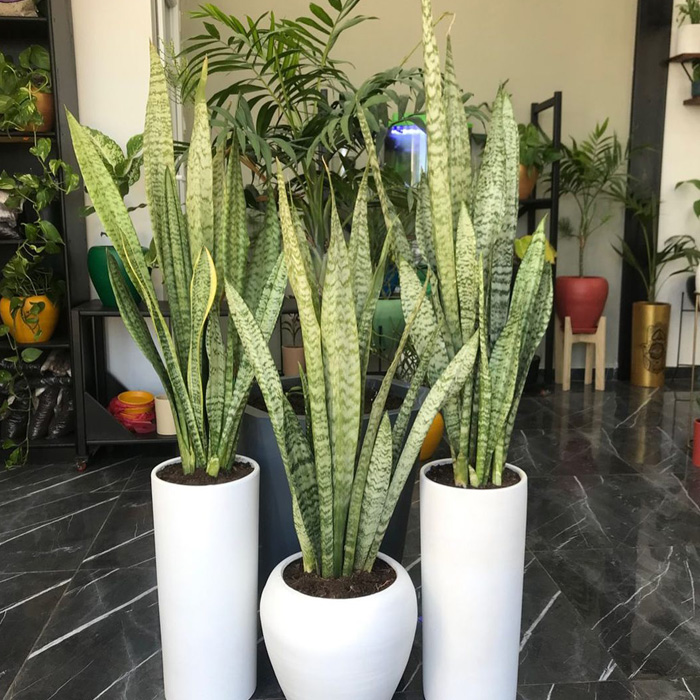

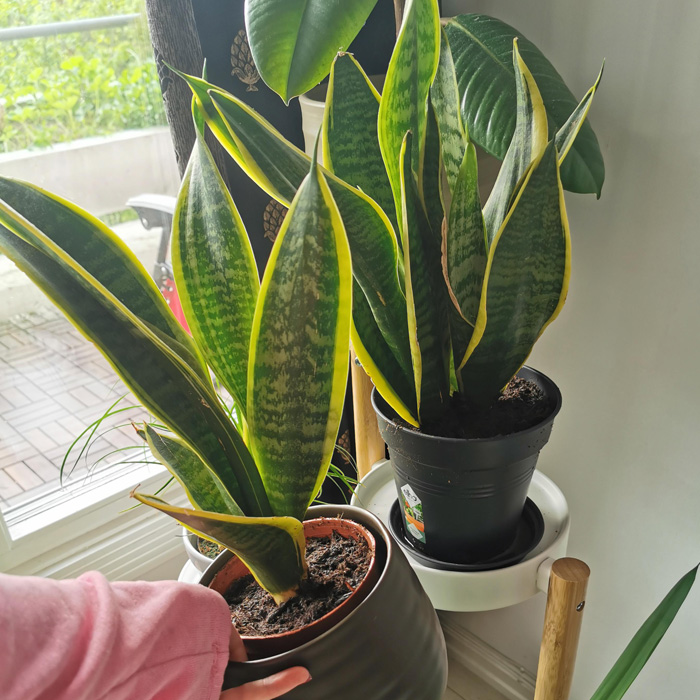
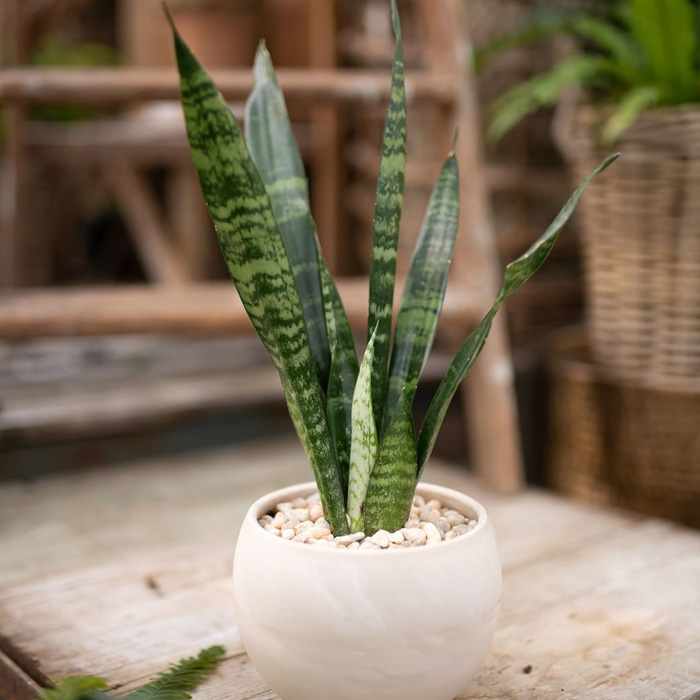
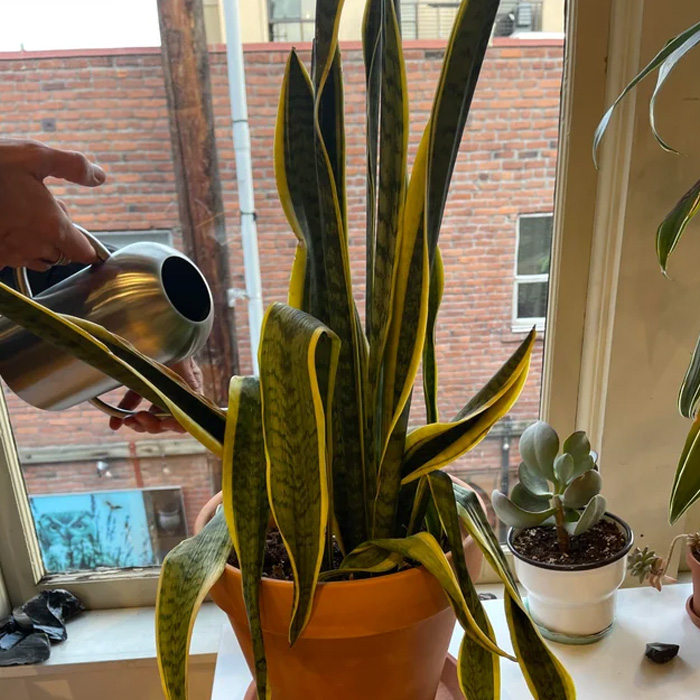
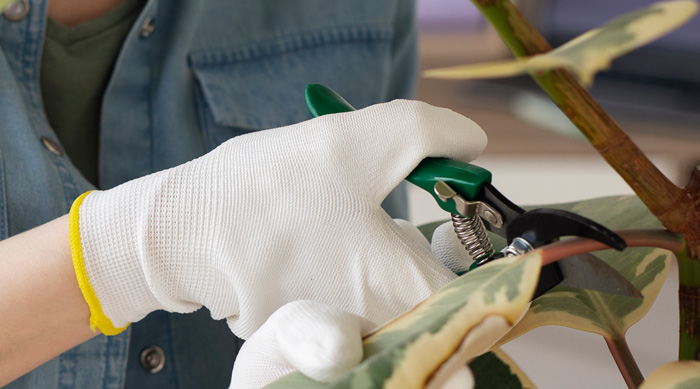
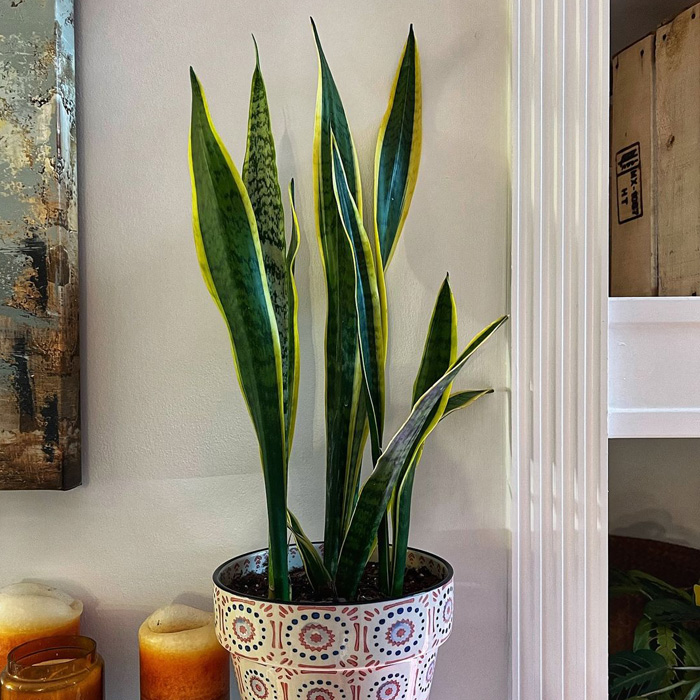
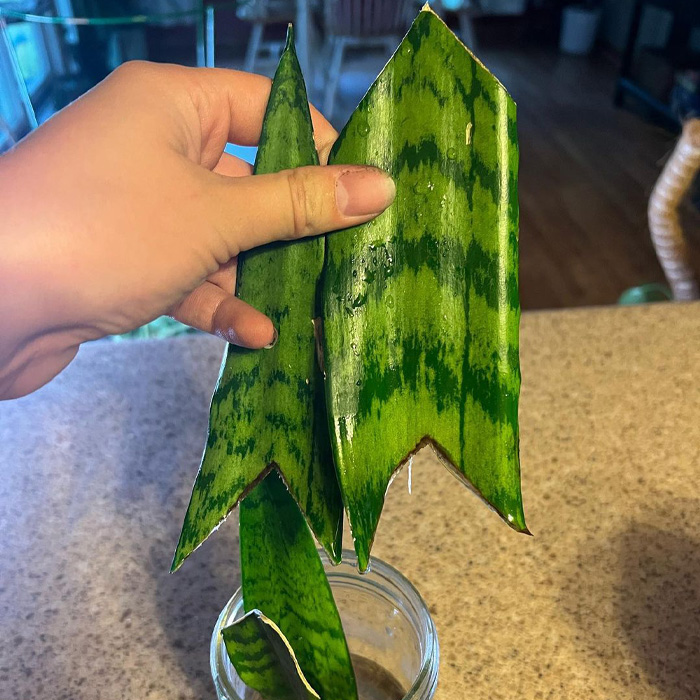
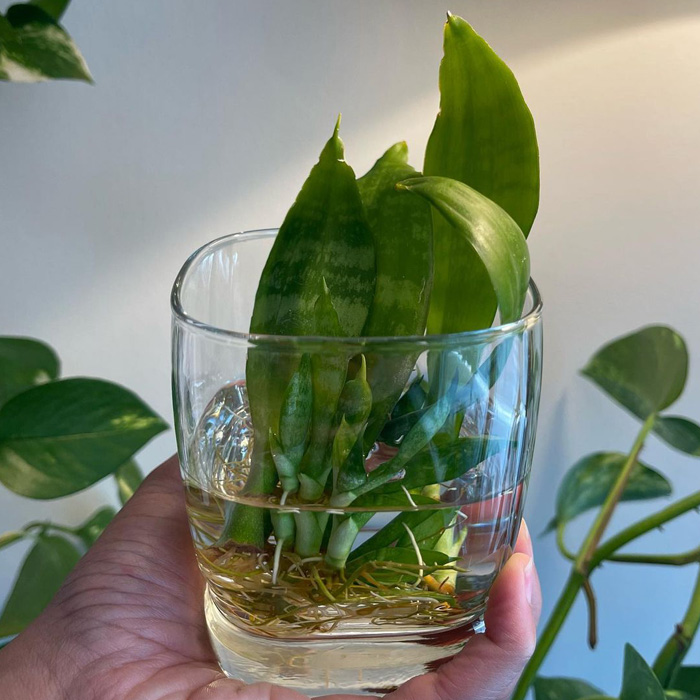
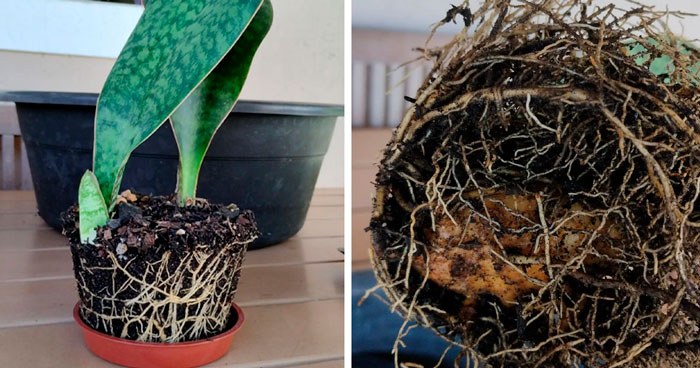
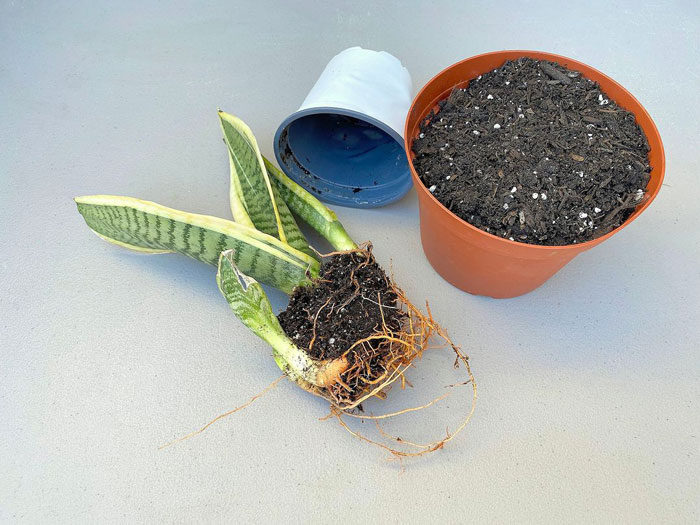
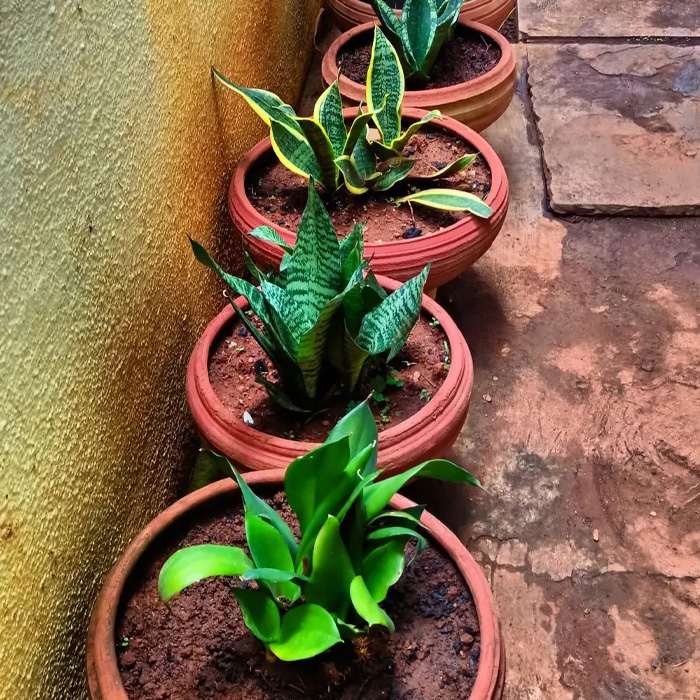

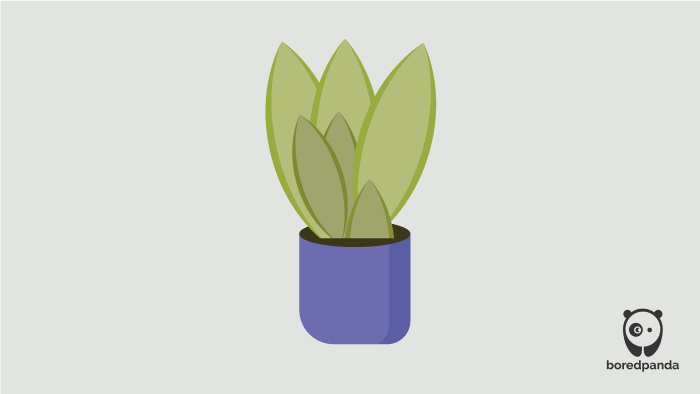
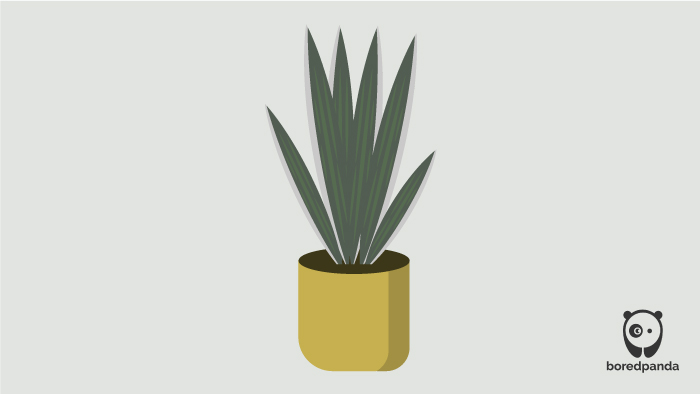
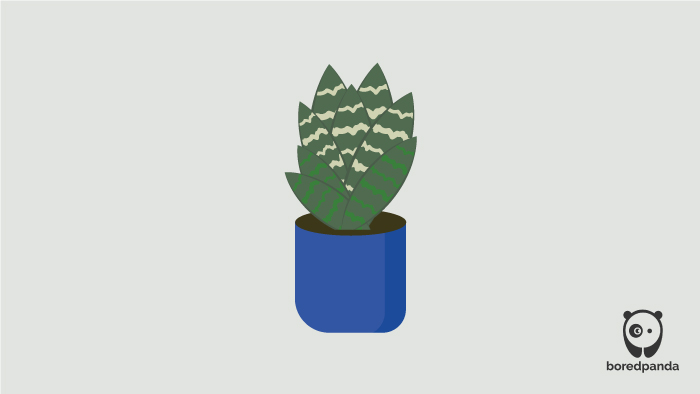
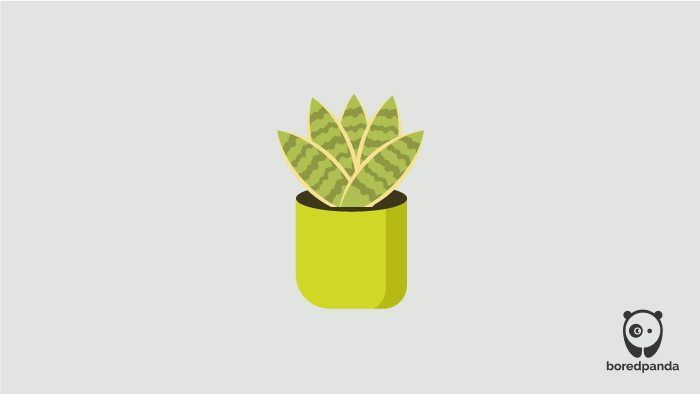

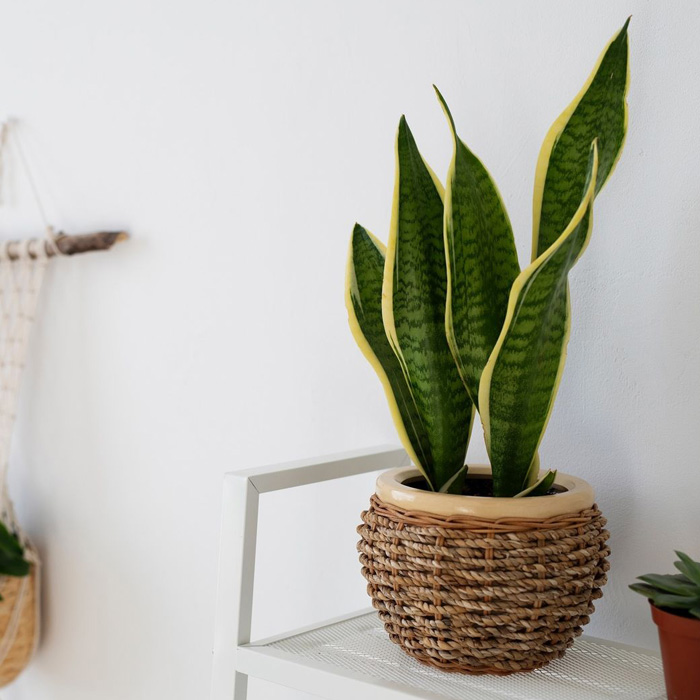
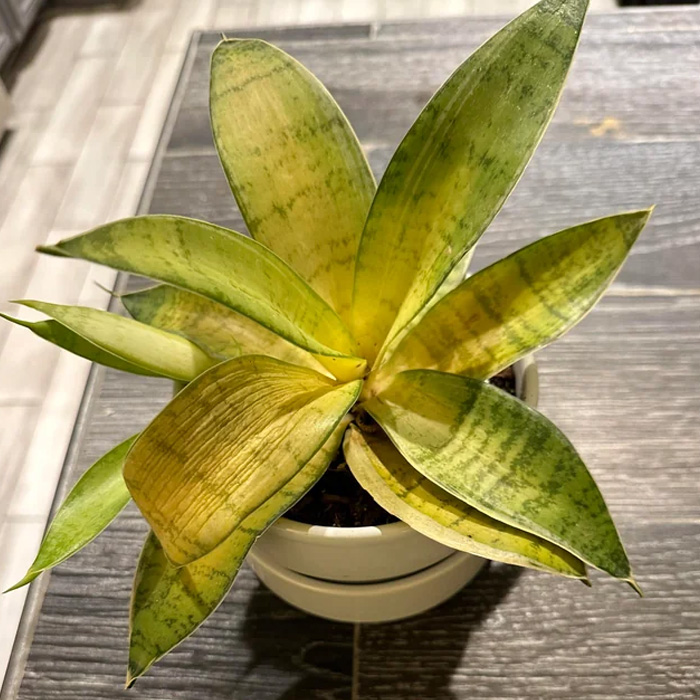












































11
7